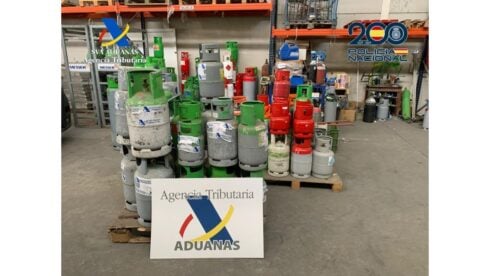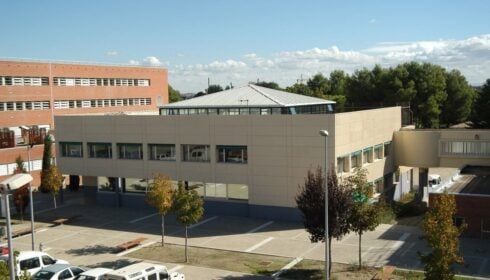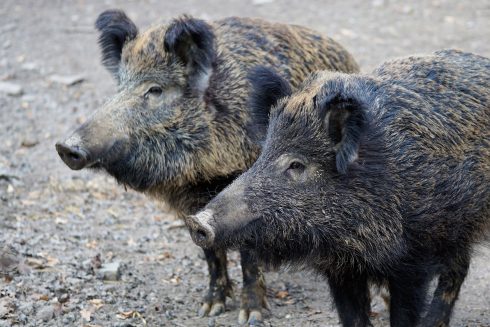A YELLOW weather warning will hit the Costa del Sol tonight (Friday) until the early hours of Sunday morning.
It comes as no surprise that this coastline is the sunniest in the whole of Spain—a report by the Spanish Met Office confirmed that Malaga had the highest average annual hours of sun, some 3,000, in the whole of Spain. (London, by contrast, has just 1,481.)
But legend has it that this sand-fringed corner of the Alboran Sea used to be known as the Costa del Viento (the Windy Coast).
Here are five cultural insights that expats may find strange and annoying, but Andalusians know as heritage.
Costa del Viento
Before the tourism industry seeded its chiringuitos, resorts and second-homes upon these sun-baked shores, the Costa del Sol used to be home to small clusters of coastal fishing villages and inland ‘pueblos blancos’ (white villages).
Case in point: after World War II, Marbella used to have a population of just 900; now it boasts 140,000 citizens as the fishing boats have given way to some of the world’s most luxurious super-yachts.
For these pre-piña colada Andalusians, however, it was the wind that defined their coastal home, and so it was dubbed the ‘Costa del Viento’.
It was only during the 1950s, when Fransisco Franco desired to open his country to foreign brochures and holidaymakers, that the brand name ‘Costa del Sol’ was coined, to apparent success.
Levante
In the English language, we don’t bestow intimate names upon our winds. (Well, apart from names that couldn’t be printed in this paper.)
Interestingly, when we did give the word ‘trade’ to a wind—the ‘trade winds’ that carried the English merchant fleet across the oceans—it changed the very meaning of trade from ‘track’, or ‘tread’, to its current definition of international commerce.
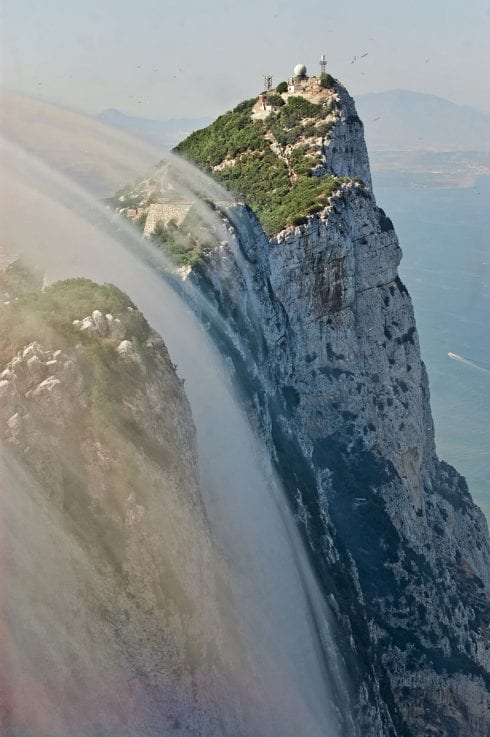
For the Andalusians, however, the wind blowing from the east has always been known as the levante.
This wind stirs from the central Mediterranean, and is funneled through the Strait of Gibraltar, bringing clouds and wet weather as it passes by.
Our Andalusian office manager is so adamant about the soggy credentials of the levante that he won’t hang his washing out when an easterly wind is blowing, as his clothes won’t dry, he says.
Poniente
The poniente wind is the levante’s rival, blowing as it does from the west towards the east.
The name is related the Spanish phrase for the setting of the sun, and refers to the the wind’s origin in the west. The levante, meanwhile, is related to the Spanish verb levantar, which means ‘to get up’, as it blows from the east.
The poniente typically brings hot, clear and mostly dry weather.
If you can see the hazy hills of Morocco in the distance, there’s a good chance it’s thanks to a poniente.
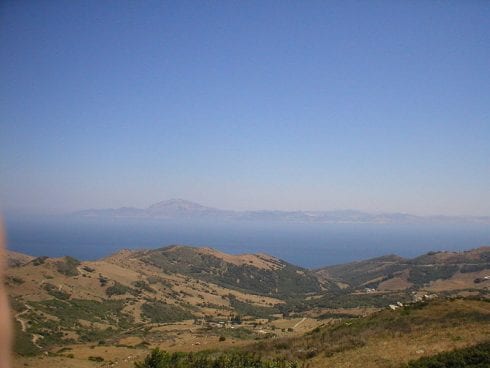
Siroco
The siroco wind is a hot, dusty and often violent wind originating in the Sahara.
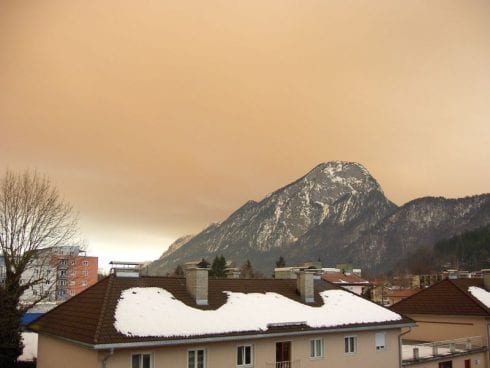
It’s younger brother, the calima, is notorious for covering the Canary Islands in sand, and as the siroco crosses the Mediterranean it often forces storms upon the northern Mediterranean countries—such as in Italy, where it’s known as the ‘blood rain’ due to the red sand in the raindrops.
The sweltering, sultry weather when a siroco is blowing can create headaches and insomnia in many of its victims, and causes much grievance for the dust that seeps into homes and damages mechanical instruments.
Tarifa
In Tarifa, the levante and the poniente are the prevailing winds for over 300 days of the year.
But that doesn’t bother residents—these commonplace winds, with their own affectionate names, are what has made this southernmost coast on mainland Spain a world renowned centre for wind sports.
So, even if it’s windy on the former-Costa del Viento, you can rest assured knowing that somewhere down these coasts remain a kitesurfer’s paradise.

Click here to read more Environment News from The Olive Press.


